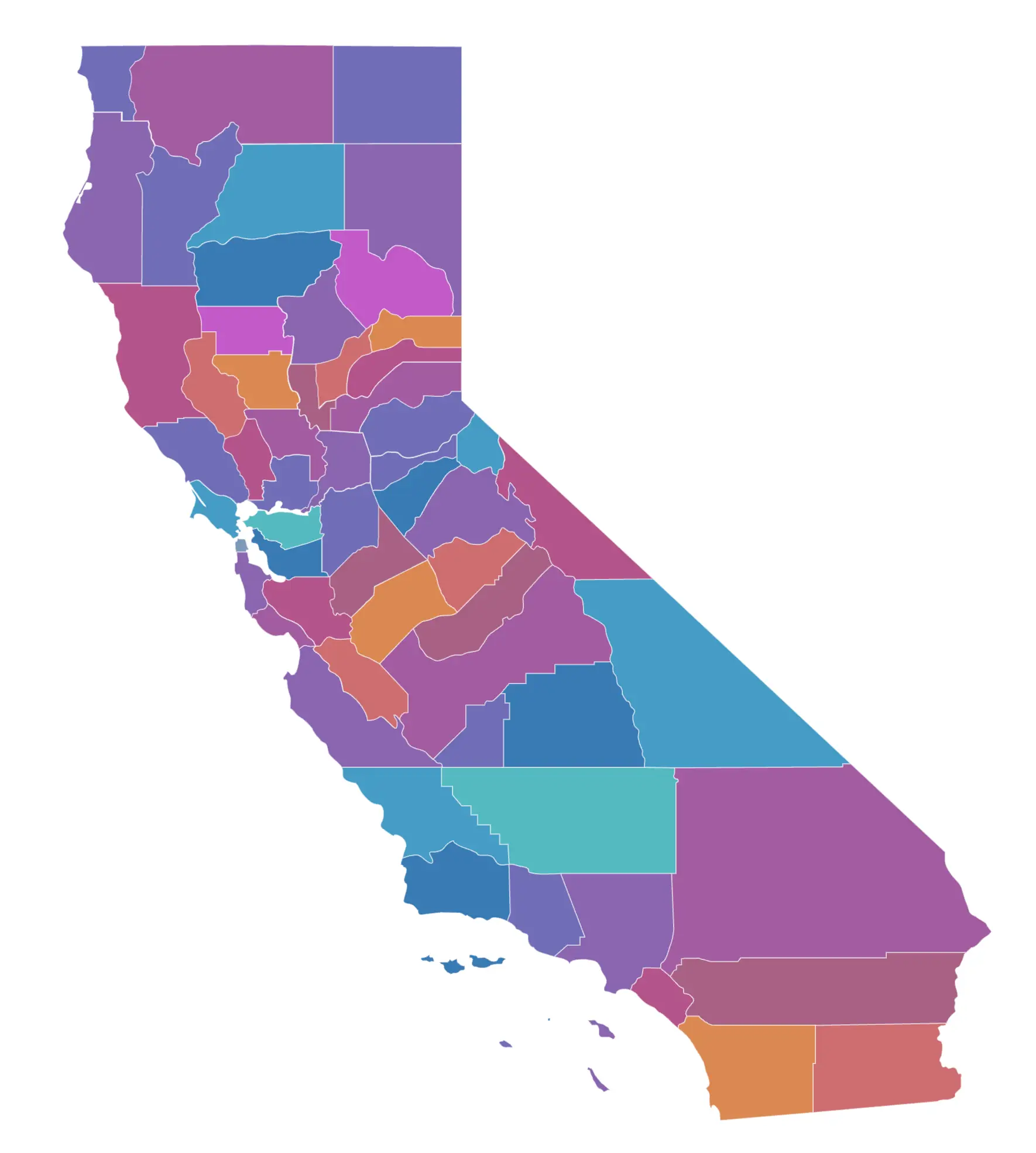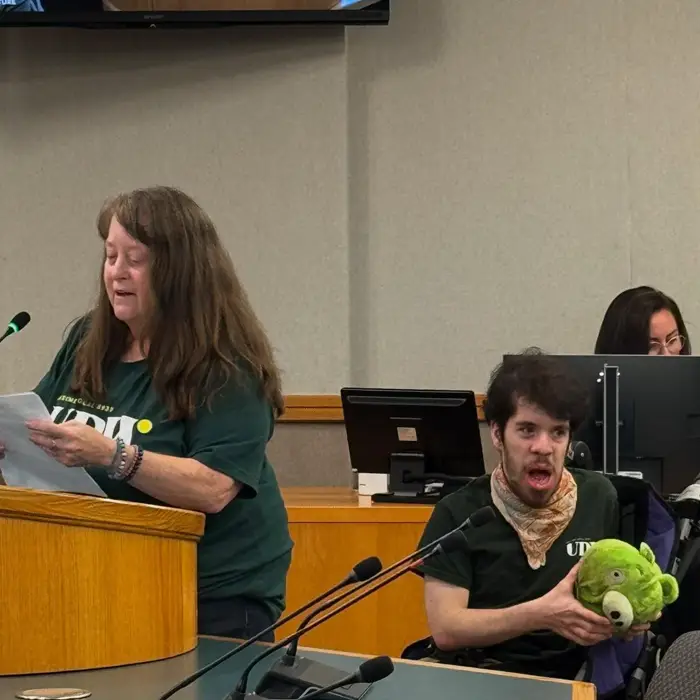IHSS County Guide | How Wages & Policies Differ Across California
IHSS and California Counties: How It Works
(and Where It Doesn’t)
The In-Home Supportive Services (IHSS) program is funded and overseen by the State of California, but counties are where most of the day-to-day action happens. Counties handle applications, assessments, and payroll processing through their Public Authority or Human Services Agency. For caregivers and recipients, this means your experience can vary a lot depending on where you live. Some counties are efficient and communicative; others are underfunded and overwhelmed. This page explains the county role in IHSS, where the system helps, and where it often breaks down.
How IHSS and counties work together
IHSS is a partnership between the state, the federal government, and California’s 58 counties. Here’s how it’s divided:
- Funding: IHSS costs are shared by federal, state, and county governments. Counties pay a “maintenance of effort” (MOE) that helps cover their share.
- Administration: Counties process applications, run recipient assessments, and set up provider payroll through their IHSS Public Authority or Human Services Agency.
- Labor relations: In most counties, wages and benefits are still negotiated at the county level between the union and the Board of Supervisors (though AB 283 proposes shifting this to the state).
- Consumer direction: Despite county oversight, the IHSS recipient remains the direct supervisor of their provider, with the right to hire, fire, and direct daily tasks.
Where counties get it right
When counties have the funding and staff to support IHSS properly, things work well. Recipients can get through the application process smoothly, caregivers get paid on time, and public authorities provide extra resources like registries and training. In some counties, caregiver wages are higher because unions and boards worked together to prioritize IHSS. Counties that treat caregivers as partners — not as paperwork — show how strong IHSS can be when the system works as intended.
- Faster wage increases when boards approve fair contracts.
- Training opportunities through county-run workshops or online programs.
- Smooth payroll processing that prevents late checks or missed hours.
Where counties fall short
Unfortunately, many caregivers and recipients run into problems. Counties often cite budget limitations to delay or block wage increases. Paperwork is sometimes lost, leading to gaps in pay or delayed start dates for providers. Assessments can be inconsistent from one worker to another, and appeals take time and energy that caregivers may not have. In short: counties are the backbone of IHSS administration, but they are also the chokepoint where things get stuck.
- Long delays in processing applications or hours reassessments.
- Lost paperwork and inconsistent communication between county offices.
- Boards of Supervisors dragging their feet on wage negotiations.
- Caregiver shortages when pay is too low to attract enough workers.
Why counties matter
Counties are the face of IHSS for most people. When the system works, it means caregivers are supported, recipients get the care they need, and families can rely on the program. When the system fails, people are left waiting for hours they’ve already been approved for, or caregivers are forced to choose between providing care and paying their own bills. This uneven experience is why many advocates push for statewide bargaining and stronger state oversight — to ensure that where you live doesn’t determine whether you can live with dignity.
Bottom line: IHSS is a state program delivered at the county level. Counties make the program real, but they also shape the challenges caregivers and clients face. Knowing how counties interact with IHSS helps us understand where the program succeeds, where it struggles, and why reform matters.

California IHSS County Offices | Contact Info and Resources
Contact info • Address • Phone • Email • For IHSS offices statewide
This page lists the contact information for every In-Home Supportive Services (IHSS) office and public authority in California. Each county manages its own IHSS program, so you’ll find phone numbers, addresses, emails, and websites organized by county...

California’s IHSS Honor Roll (and Detention List)
Rating the Counties IHSS Programs
and Services
how did your county do?

My Strategy to motivate my county to change wages
Santa Barbara County IHSS Wage Crisis: A Call to Action
I’m sharing the plan I used to keep pressure on the Santa Barbara Board of Supervisors. I shared this page with every news publication (web and print) in my county - and one interviewed me and published an article about IHSS. I hope this content can help people with strategy and info on their own county wage journey.
